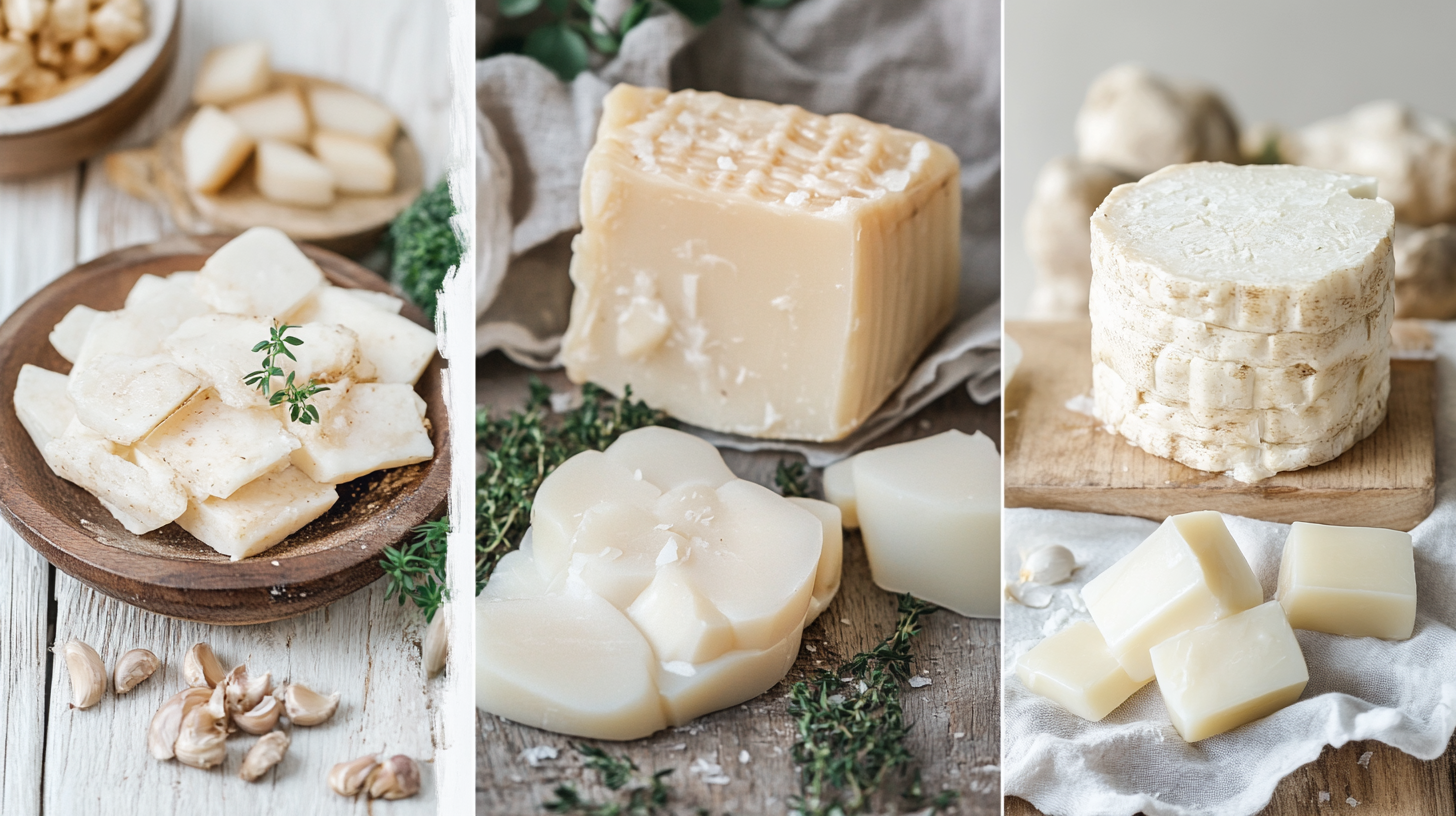
Lard has been a staple fat in cooking for centuries.
It is known for its ability to create flaky pastries and add richness to dishes.
However, plenty of alternatives can replace lard in cooking and baking, whether due to dietary preferences, availability, or simply wanting to try something different.
From plant-based oils to animal fats, these substitutes offer similar textures and flavors, allowing you to create delicious dishes without using lard.
Let’s explore the best substitutes for lard and how to use them in your favorite recipes.
Best Substitutes for Lard
1. Butter
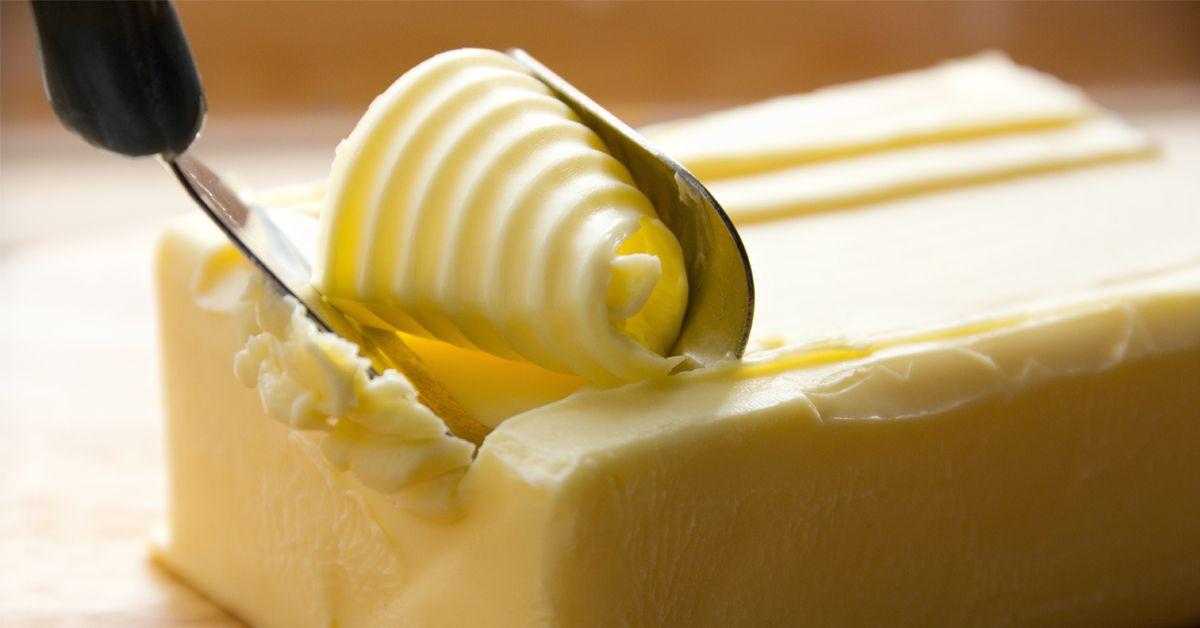
Butter is one of the most common substitutes for lard and is widely available in most kitchens.
It provides a rich, creamy flavor and works well in savory and sweet dishes.
Butter’s slightly lower fat content than lard means it may not produce quite as flaky a result in pastries, but it’s still an excellent option.
When using butter as a substitute, it’s important to remember that it contains water, which can affect the texture of baked goods.
Butter is best used in recipes like cookies, cakes, or sautéing vegetables.
- Flavor profile: Rich, creamy, and slightly sweet.
- Texture impact: Adds moisture; slightly less flaky than lard.
- Best uses: Baking, sautéing, and sauces.
- Substitute ratio: Use a 1:1 ratio for lard.
2. Coconut Oil
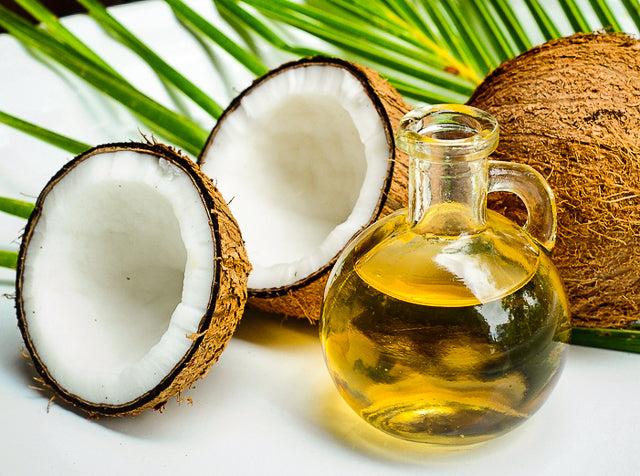
Coconut oil is a popular plant-based substitute for lard, especially in vegan or dairy-free recipes.
It has a similar fat content to lard and solidifies at room temperature, making it an excellent choice for baked goods and frying.
Coconut oil can impart a slight coconut flavor to dishes, which can be a bonus in sweet recipes but may not be desirable in savory dishes.
Refined coconut oil can be used instead of virgin coconut oil for a more neutral taste.
It’s a versatile substitute that works well in various cooking and baking applications.
- Flavor profile: Mild coconut flavor (refined coconut oil is more neutral).
- Texture impact: Solid at room temperature, similar to lard.
- Best uses: Baking, frying, and sautéing.
- Substitute ratio: Use a 1:1 ratio for lard.
3. Vegetable Shortening
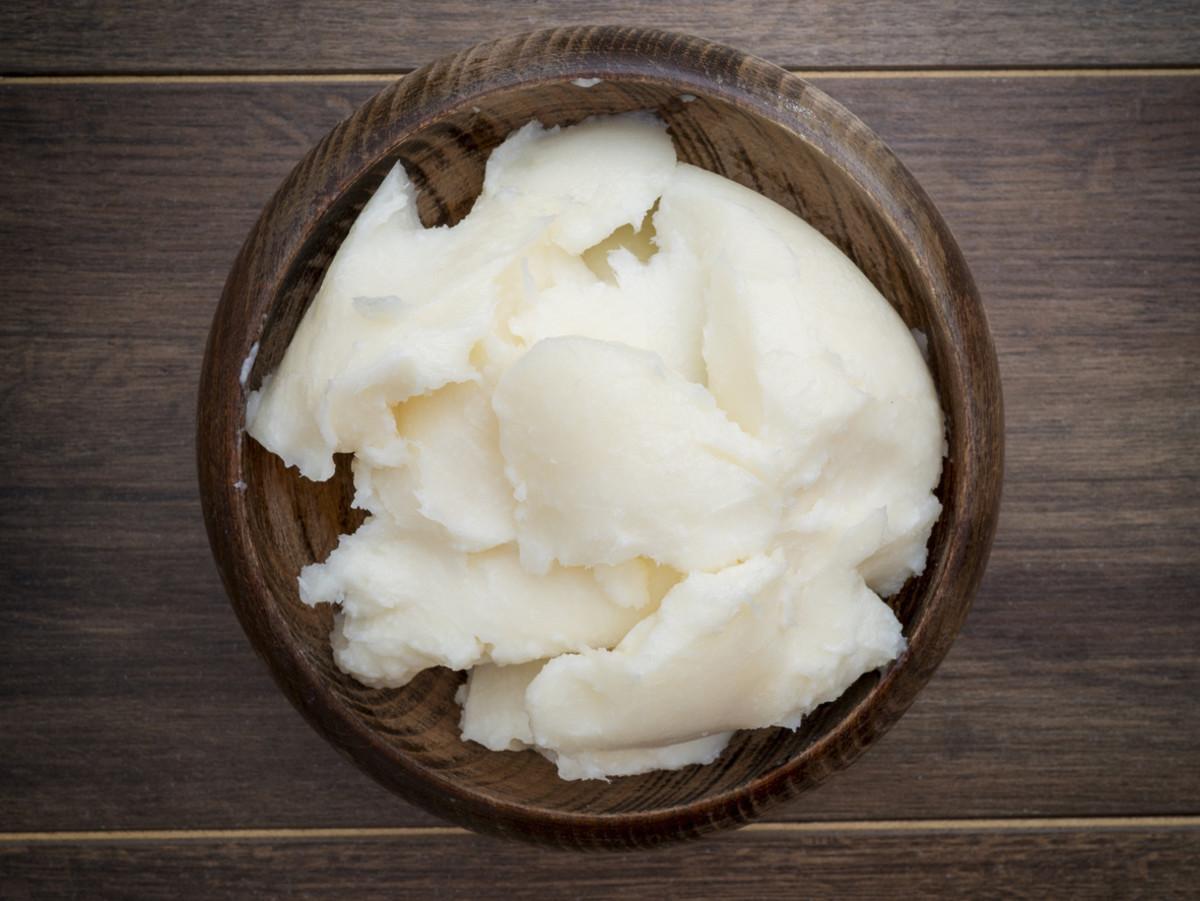
Vegetable shortening is another excellent substitute for lard, particularly in baking.
It’s made from hydrogenated vegetable oils and is solid at room temperature, making it perfect for creating a flaky texture in pie crusts and pastries.
Unlike butter, shortening doesn’t contain water, creating a crispier, more tender result in baked goods.
It also has a neutral flavor, which allows the other ingredients in the dish to shine.
Vegetable shortening is widely used in recipes with key textures, such as biscuits, cookies, and pie dough.
- Flavor profile: Neutral, doesn’t affect overall flavor.
- Texture impact: Creates flaky, tender results.
- Best uses: Baking, especially for pie crusts and pastries.
- Substitute ratio: Use a 1:1 ratio for lard.
4. Olive Oil
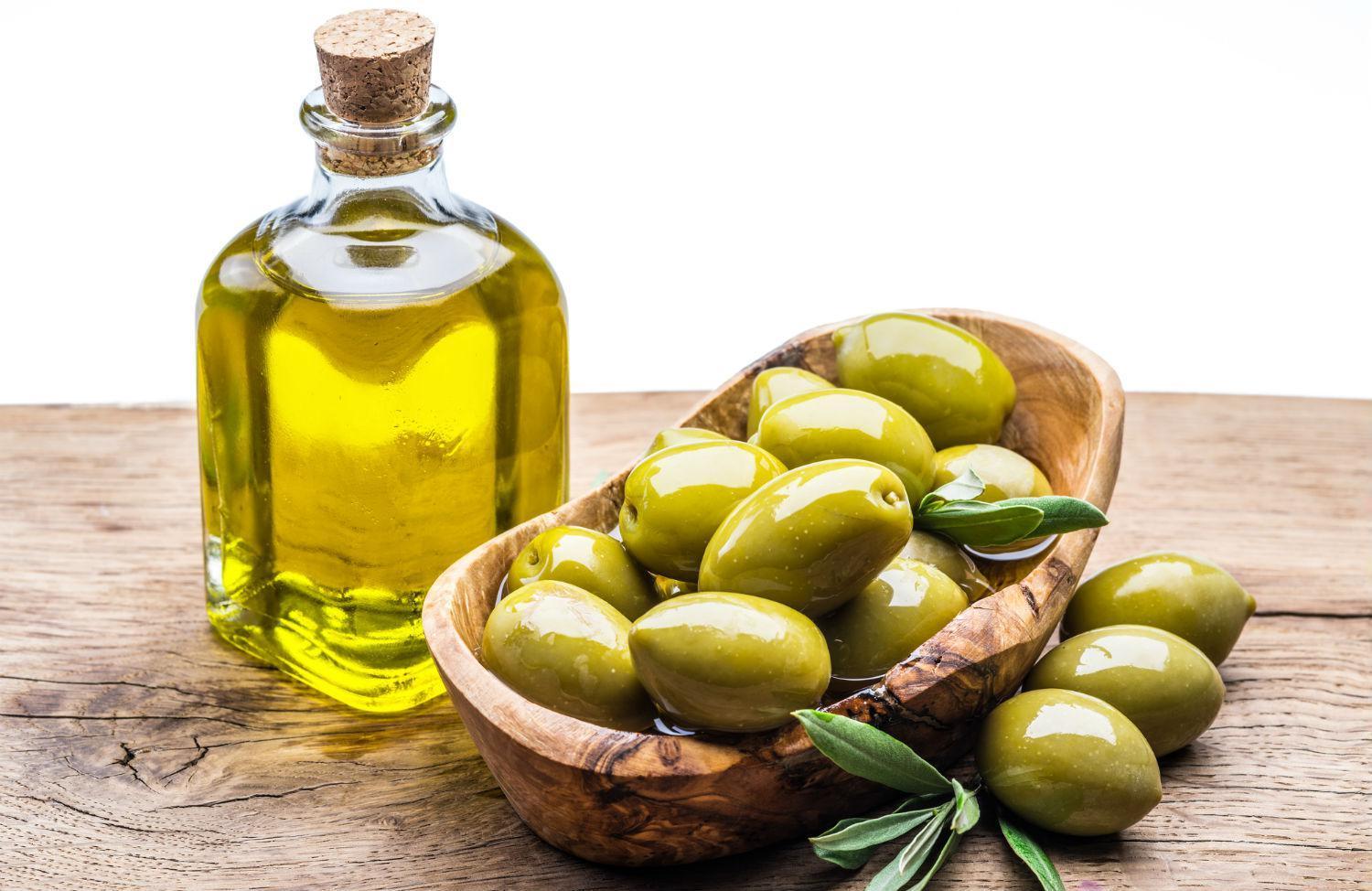
Olive oil is a heart-healthy substitute for lard, especially in savory dishes.
It works well for sautéing, roasting, and even baking.
Olive oil has a strong, distinctive flavor, so it’s best used in dishes whose taste complements the other ingredients, such as Mediterranean cuisine.
It’s not solid at room temperature, so it won’t work as well in recipes that require solid fat, such as pie crusts.
However, it’s a great choice for cooking meats, vegetables, and baking bread.
Extra virgin olive oil adds a more robust flavor than light olive oil.
- Flavor profile: Fruity and slightly peppery, depending on the variety.
- Texture impact: Liquid, not ideal for flaky textures.
- Best uses: Sautéing, roasting, and bread baking.
- Substitute ratio: Use ¾ cup of olive oil for 1 cup of lard.
5. Ghee
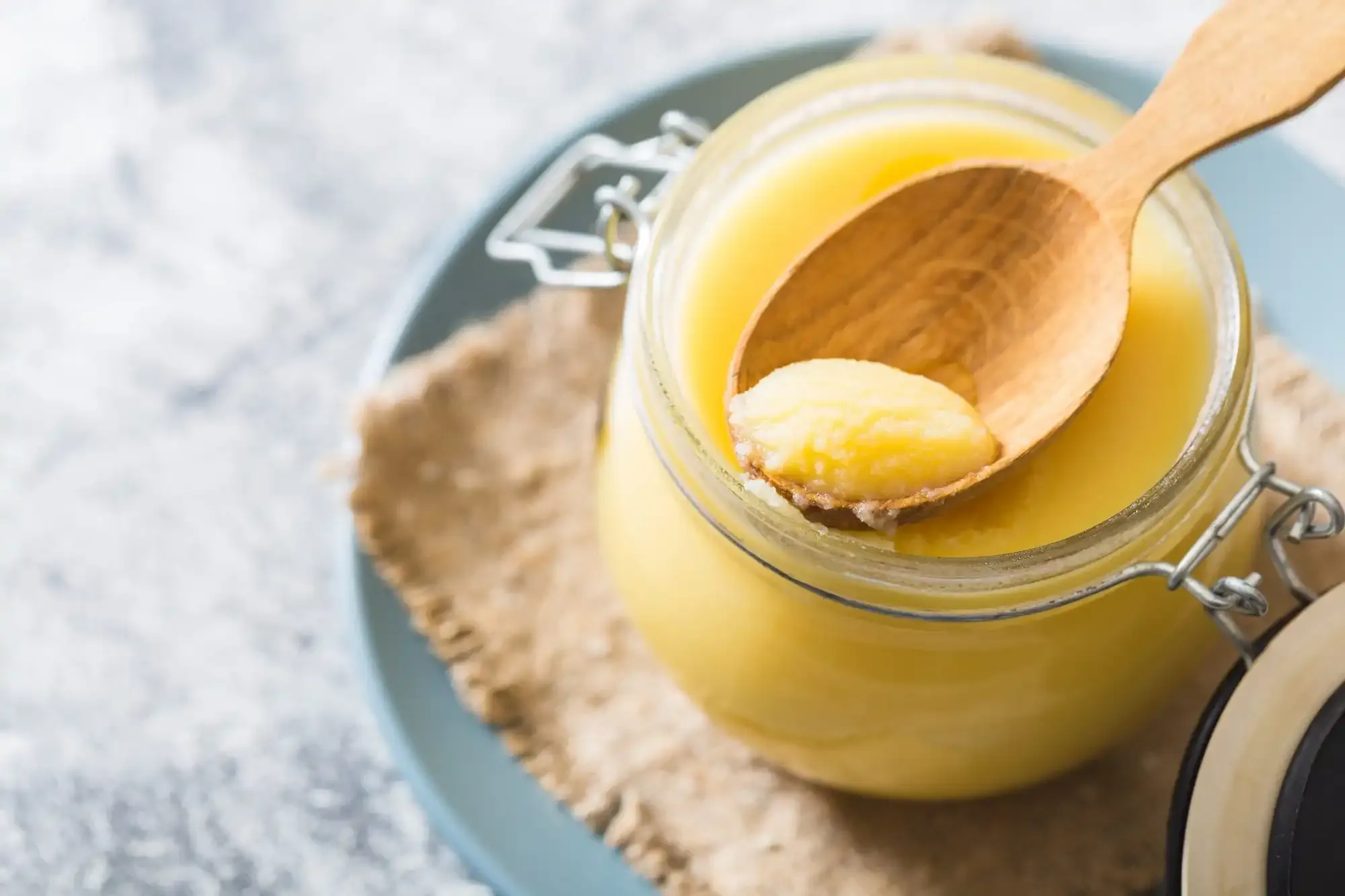
Ghee, a type of clarified butter, is an excellent substitute for lard.
It offers a rich, buttery flavor without the milk solids in regular butter.
Ghee has a higher smoke point, making it ideal for frying and high-heat cooking.
Its nutty, slightly caramelized taste adds depth to dishes.
Similar to lard, it remains solid at room temperature.
Ghee works well in savory and sweet recipes, from frying meats to baking pastries.
It’s particularly favored in Indian cooking for its ability to enhance the flavor of spices.
- Flavor profile: Rich, nutty, and slightly caramelized.
- Texture impact: Solid at room temperature, suitable for baking.
- Best uses: Frying, sautéing, and baking.
- Substitute ratio: Use in a 1:1 ratio for lard.
6. Avocado Oil
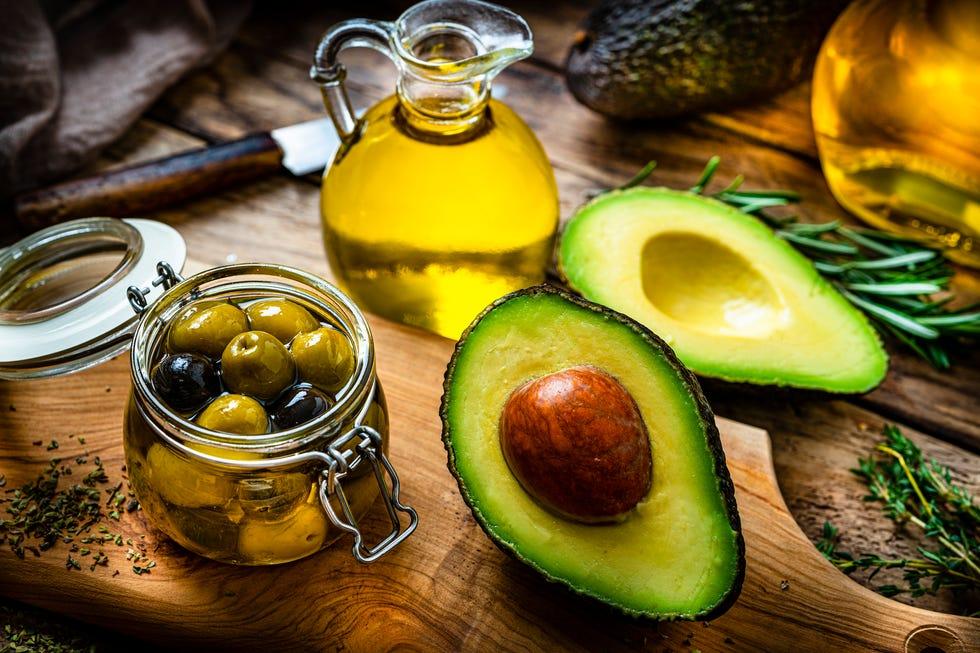
Avocado oil is a healthy and versatile substitute for lard.
Its high smoke point makes it particularly suited for high-heat cooking.
It has a mild, buttery flavor, making it ideal for frying, sautéing, and baking.
Avocado oil is liquid at room temperature, so it’s unsuitable for recipes that require solid fat, such as pie crusts.
However, it’s perfect for dishes where a mild, neutral oil is preferred.
Rich in healthy fats, avocado oil is a great option for those seeking a heart-healthy alternative to lard.
- Flavor profile: Mild, buttery, and neutral.
- Texture impact: Liquid, not ideal for flaky textures.
- Best uses: Frying, sautéing, and roasting.
- Substitute ratio: Use in a 1:1 ratio for lard.
7. Bacon Grease
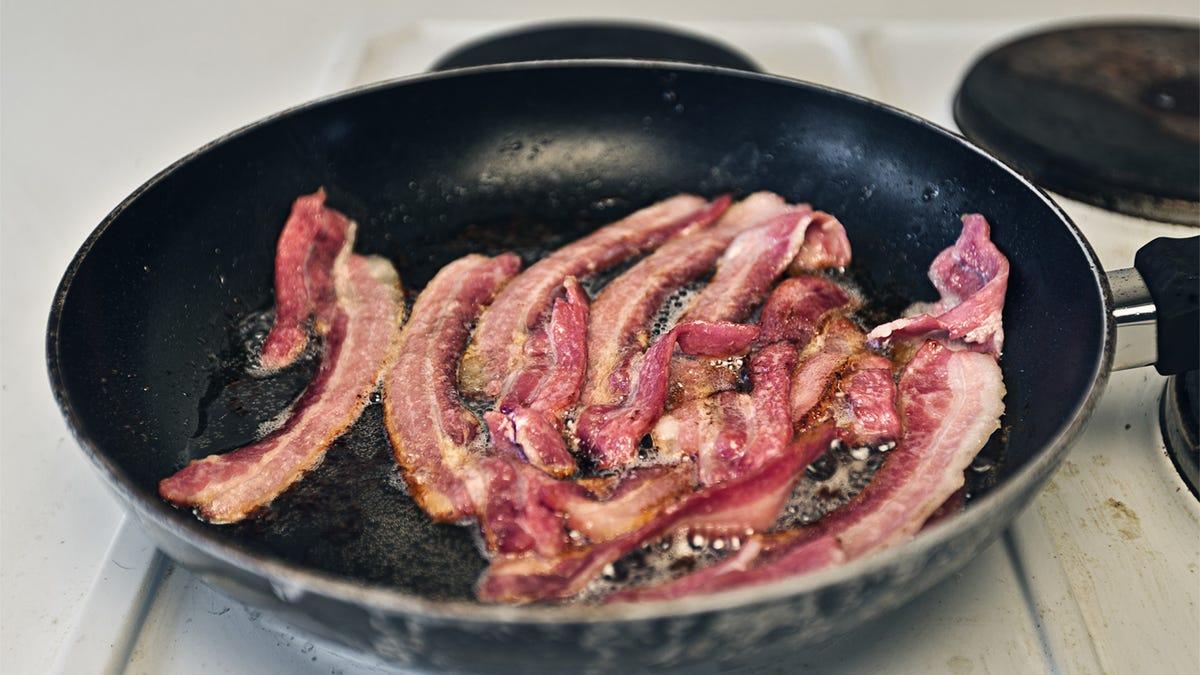
Bacon grease is an excellent substitute for lard, especially in savory dishes.
It offers a rich, smoky flavor that enhances the taste of meats, vegetables, and baked goods.
Since it’s solid at room temperature, it can be used instead of lard in recipes that require solid fat, such as biscuits or pie crusts.
Bacon grease has a lower smoke point than other fats, so it’s best used for medium-heat cooking.
It’s perfect for adding depth and flavor to cornbread, roasted potatoes, and fried vegetables.
- Flavor profile: Smoky, savory, and rich.
- Texture impact: Solid at room temperature, ideal for baking.
- Best uses: Frying, baking, and roasting.
- Substitute ratio: Use a 1:1 ratio for lard.
8. Tallow (Beef Fat)
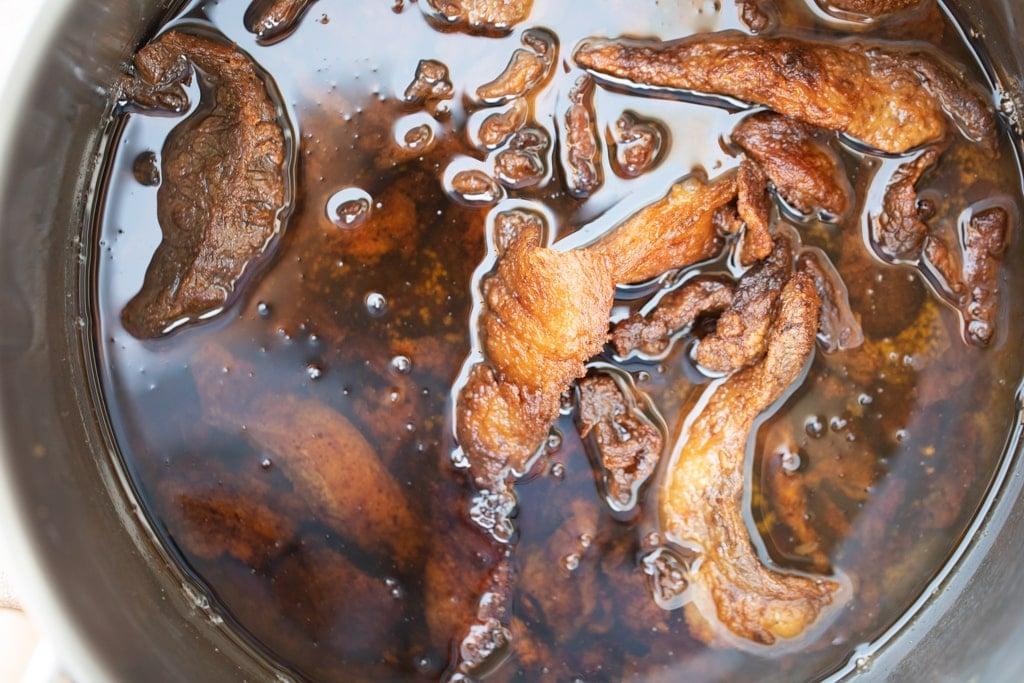
Tallow, or beef fat, is a traditional substitute for lard, offering a rich, meaty flavor.
It is solid at room temperature, making it perfect for baking and frying.
Tallow has a high smoke point, so it’s ideal for high-heat cooking methods like frying or roasting.
Its savory taste pairs well with meats, vegetables, and even savory baked goods.
Tallow is commonly used in traditional cooking and adds a hearty, robust flavor to dishes.
It’s a great option for those using animal fats instead of lard.
- Flavor profile: Rich, meaty, and savory.
- Texture impact: Solid at room temperature, ideal for high-heat cooking.
- Best uses: Frying, roasting, and baking.
- Substitute ratio: Use a 1:1 ratio for lard.
9. Margarine
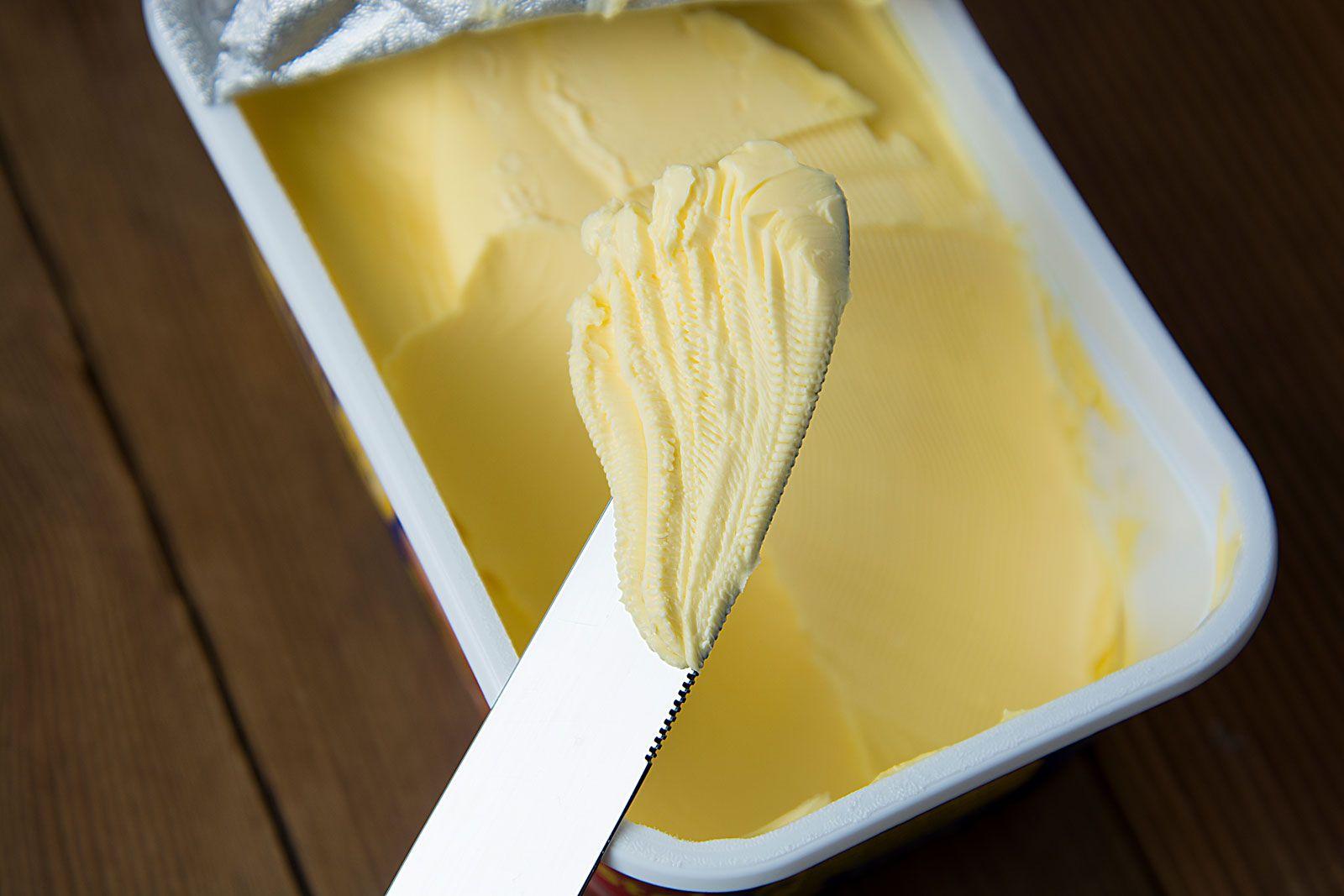
Margarine is a plant-based substitute for lard, often used in baking and cooking.
It has a texture similar to butter and is solid at room temperature, making it a good choice for recipes with a solid fat.
Margarine is available in both stick and spreadable forms, which is preferable for baking.
Its neutral flavor allows it to blend well in both sweet and savory dishes.
Margarine is a popular choice for those looking for a dairy-free or vegetarian alternative to lard.
- Flavor profile: Neutral, with a slight buttery taste.
- Texture impact: Solid at room temperature, similar to butter.
- Best uses: Baking, frying, and sautéing.
- Substitute ratio: Use a 1:1 ratio for lard.
10. Sunflower Oil
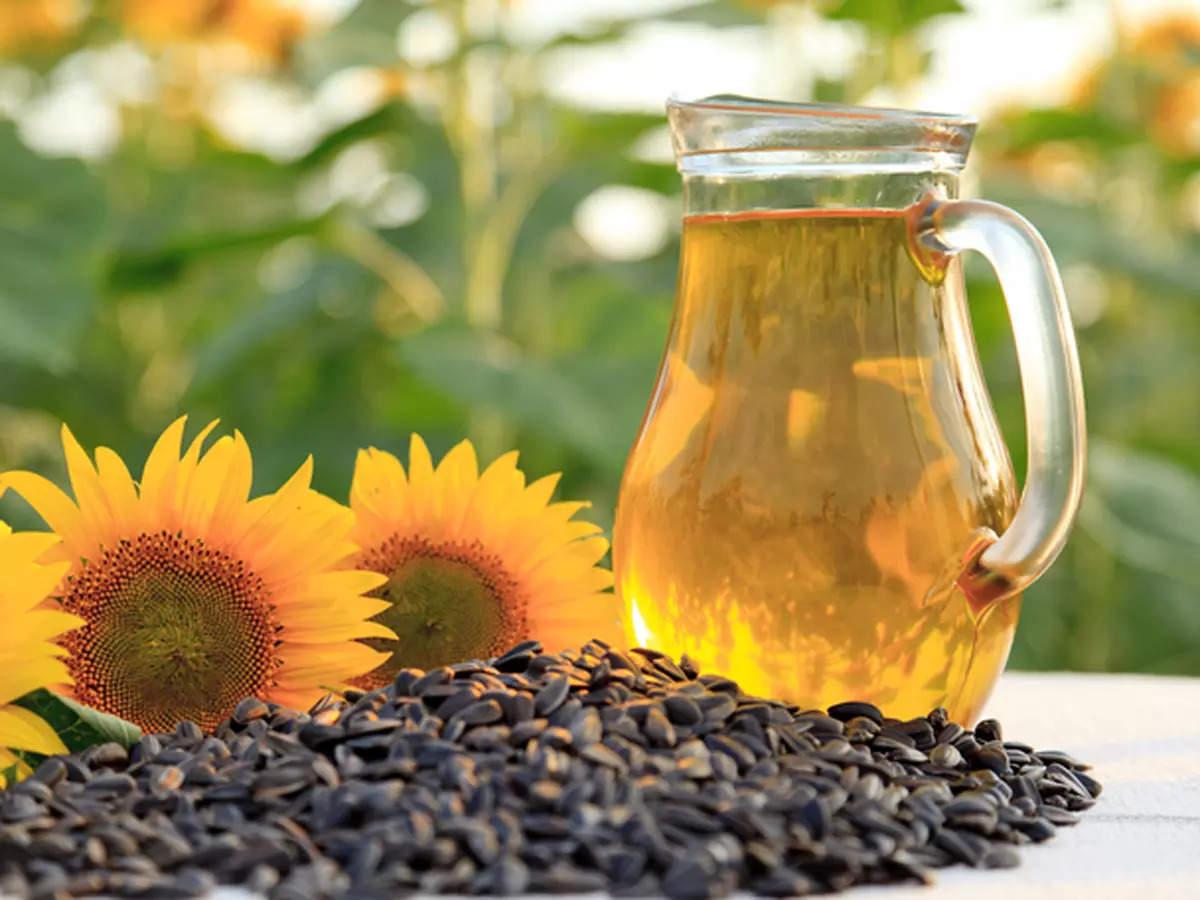
Sunflower oil is a mild, neutral-flavored oil that can substitute for lard in cooking and baking.
It has a relatively high smoke point, making it suitable for frying and sautéing.
While it’s liquid at room temperature, sunflower oil works well in recipes where the fat doesn’t need to be solid, such as cakes, muffins, or stir-fries.
Its mild flavor makes it versatile, as it won’t overpower the other ingredients in the dish.
Sunflower oil is a healthier option for those looking to reduce saturated fats in their diet.
- Flavor profile: Mild and neutral.
- Texture impact: Liquid, suitable for cooking and baking.
- Best uses: Frying, sautéing, and baking.
- Substitute ratio: Use in a 1:1 ratio for lard.
11. Peanut Oil
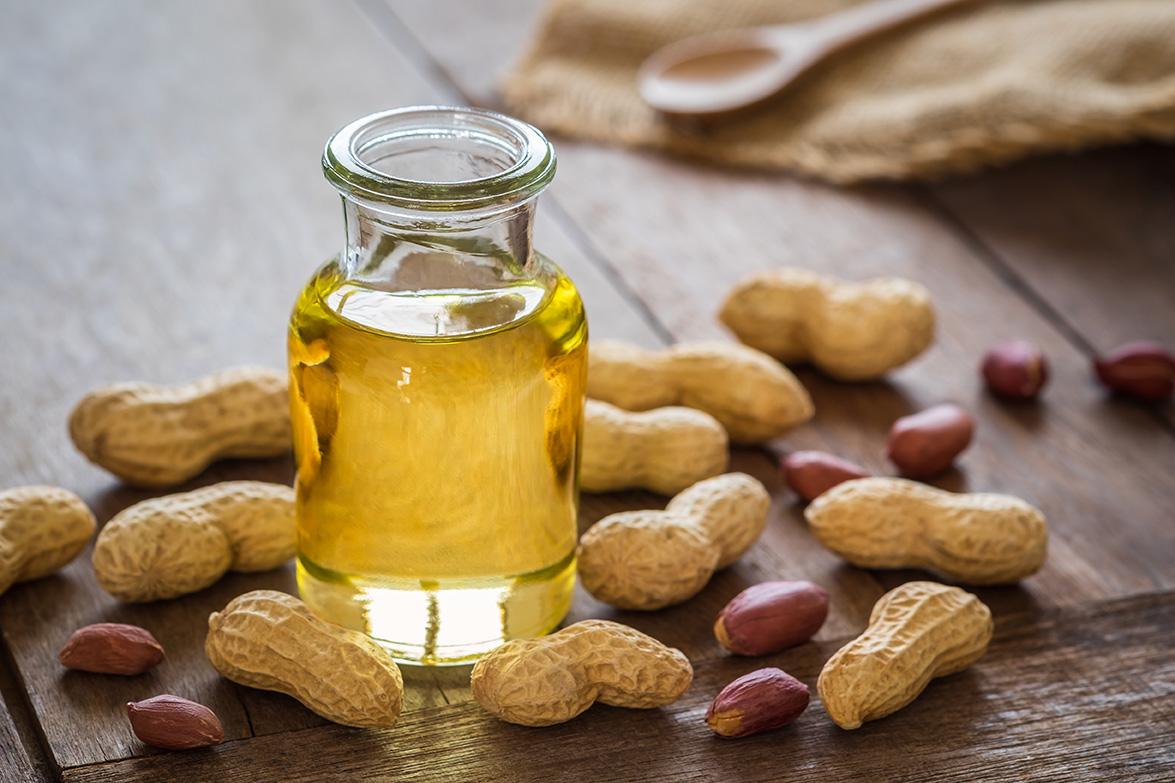
Peanut oil is another excellent substitute for lard, particularly in high-heat cooking methods such as frying.
It has a neutral flavor with a subtle nutty undertone, which works well in savory and sweet dishes.
Peanut oil has a high smoke point, making it ideal for deep frying and stir-frying.
It’s liquid at room temperature, so it’s unsuitable for recipes requiring solid fat.
However, it’s a great option for adding a touch of nutty richness to dishes without overpowering the other flavors.
- Flavor profile: Neutral with a slight nutty hint.
- Texture impact: Liquid, best for frying and sautéing.
- Best uses: Frying, roasting, and stir-frying.
- Substitute ratio: Use in a 1:1 ratio for lard.
Conclusion
There’s no shortage of great alternatives when it comes to replacing lard in your cooking and baking.
Whether you’re looking for plant-based options like coconut oil or margarine or prefer animal-based fats like tallow or bacon grease, each substitute brings its unique flavor and texture to your dishes.
From the flaky results of vegetable shortening to the robust taste of ghee, these substitutes ensure that your recipes remain delicious and well-balanced, even without lard.
Choose the substitute that best fits your needs, and enjoy experimenting with new flavors in your kitchen.
